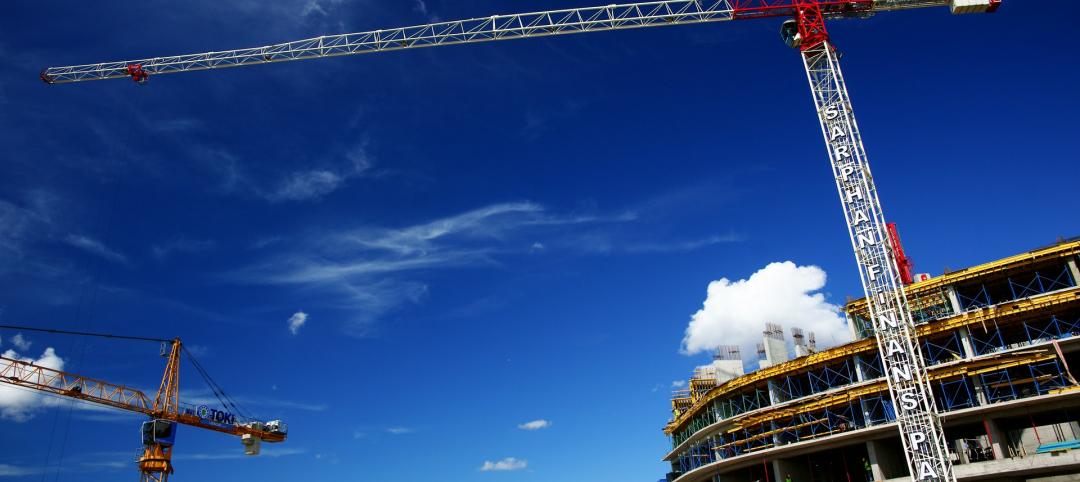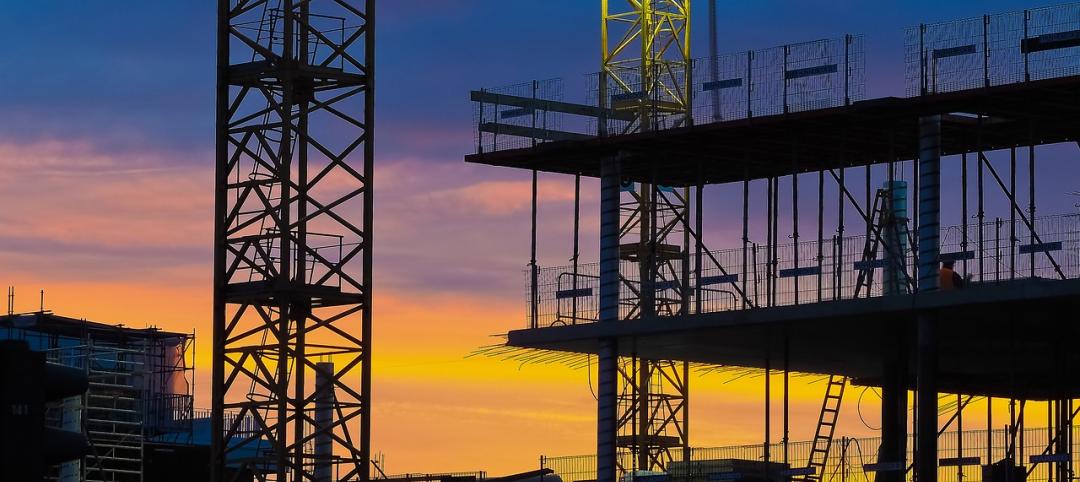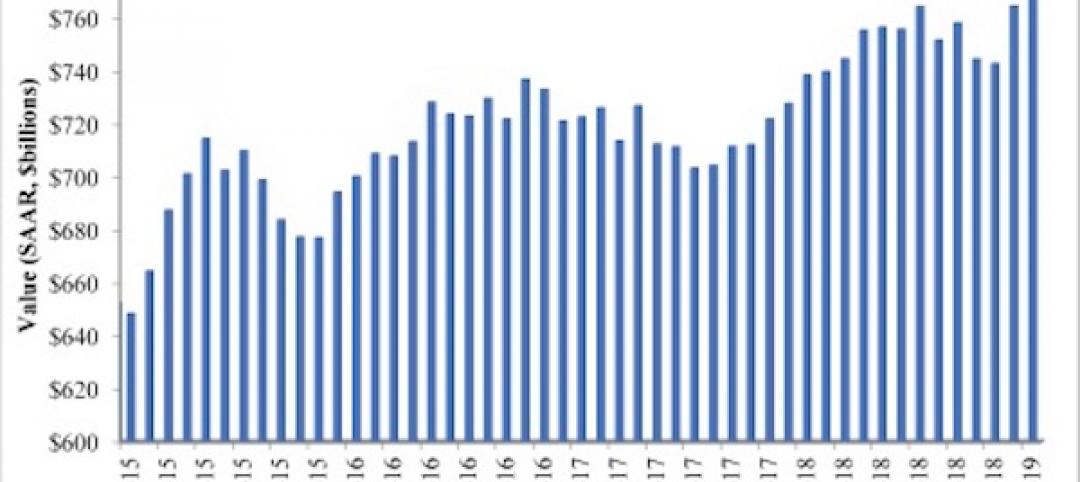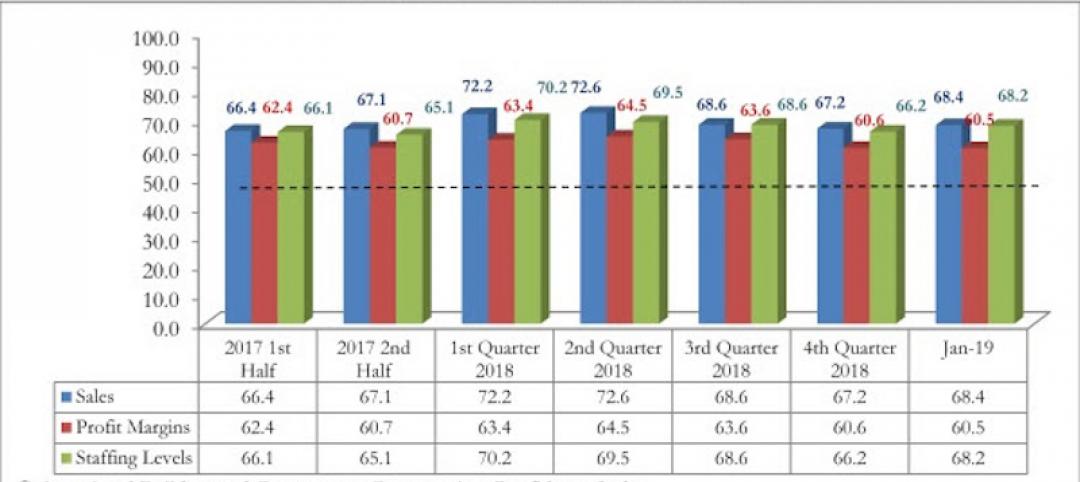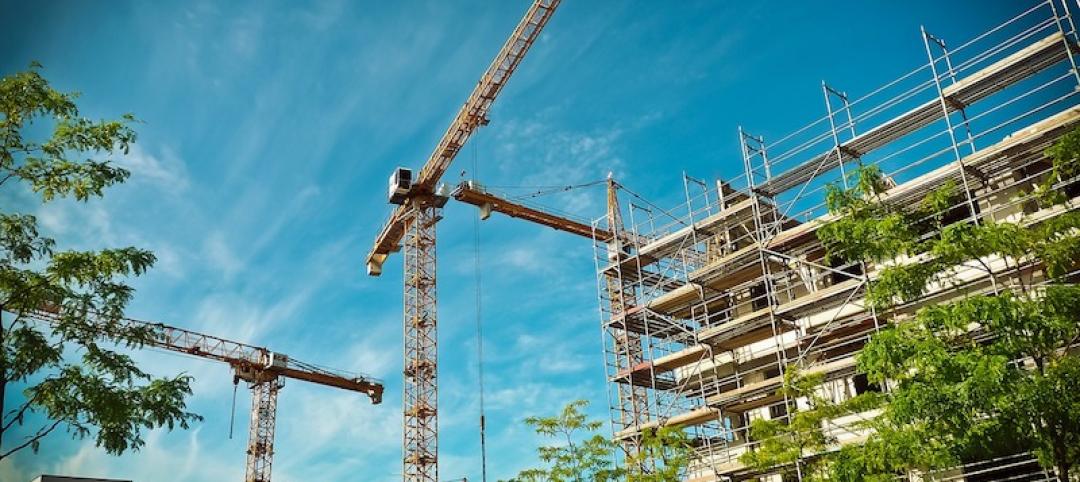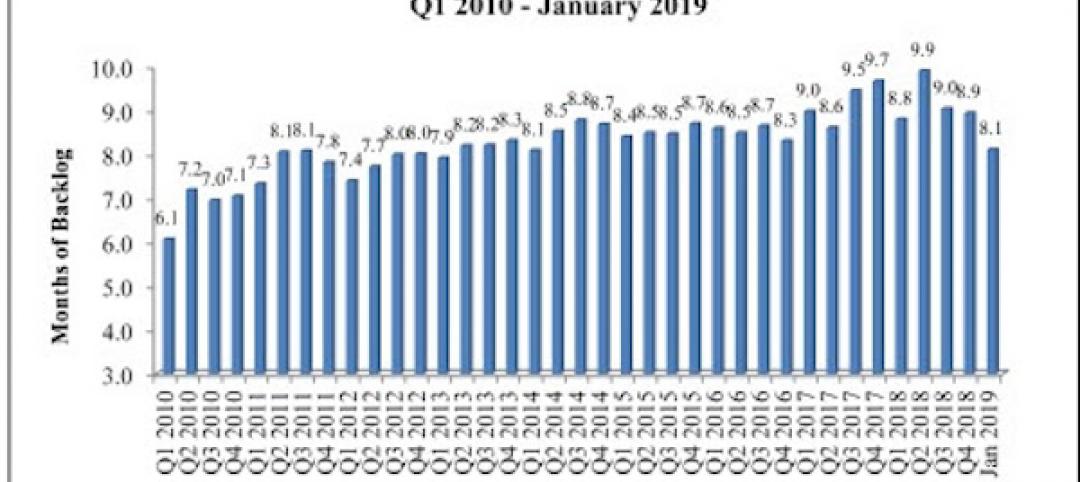The Q3 2018 USG Corporation + U.S. Chamber of Commerce Commercial Construction Index (Index) released today indicates skilled labor shortages will have the greatest impact on commercial construction businesses over the next three years. The report revealed 88% of contractors expect to feel at least a moderate impact from the workforce shortages in the next three years with over half (57%) expecting the impact to be high/very high.
The skilled labor shortage has been consistently identified as a major issue facing the industry, but it is now reported by 80% of contractors to be impacting worker and jobsite safety. In fact, the Q3 report found that a lack of skilled workers was the number one factor impacting increased jobsite safety risks (58%).
"The commercial construction industry is growing but the labor shortage remains unresolved," said Jennifer Scanlon, president and CEO of USG Corporation. "As contractors are forced to do more with less, a renewed emphasis on safety is imperative to the strength and health of the industry. It continues to be important for organizations to build strong and comprehensive safety programs."
As contractors grapple with a scarcity of skilled workers, findings show a majority are working to improve the overall safety culture on the jobsite (63%) and at their firm's offices (58%). However, the indicators that were reported to have the highest impact on improving safety culture and outcomes are those that engage employees throughout the organization. This includes developing training programs for all levels of workers (67%), ensuring accountability across the organization (53%), empowering and involving employees (48%). Other indicators reported include improving communication (46%), demonstrating management's commitment to safety (46%), improving supervisory leadership (43%) and aligning and integrating safety as a value (42%).
In addition to the skilled labor shortage, the report found addiction and substance abuse issues are a factor in worker and jobsite safety. Nearly 40% of contractors are highly concerned over the safety impacts of worker use/addiction to opioids, followed by alcohol (27%) and marijuana (22%). Notably, the report showed that while nearly two-thirds of contractors have strategies in place to reduce the safety risks presented by alcohol (62%) and marijuana (61%), only half have strategies to address their top substance of concern: opioids, which is a newer growing concern. The opioid epidemic cost our economy $95 billion in 2016, and could account for approximately 20% of the observed decline in men's labor force participation.
"The opioid crisis has both human and economic costs," said Neil Bradley, chief policy officer of the U.S. Chamber. "The U.S. Chamber of Commerce remains committed to helping combat the opioid epidemic, which continues to devastate too many families, communities, and industries every day. While there is no one-size-fits-all answer, a multipronged legislative approach is a critical first step."
Overall contractor sentiment saw a slight boost in optimism with an Index score of 75 in the third quarter – up two points from Q2 2018. The Index looks at the results of three leading indicators to gauge confidence in the commercial construction industry - backlog levels, new business opportunities and revenue forecasts – generating a composite index on the scale of 0 to 100 that serves as an indicator of health of the contractor segment on a quarterly basis.
The Q3 2018 results from the three key drivers were:
— Backlog: Optimal backlog rose from 73 to 81, the largest change in any of the three components of the CCI in the last six quarters. The average current backlog was 10.3 months, up from 9.3 last quarter.
— New Business: The level of overall confidence was 74, relatively steady quarter-over-quarter (75 in Q2 2018) but down two points since Q1 (76).
— Revenues: Expectations slipped from 72 to 69, the most notable change coming in a decrease in the percentage of contractors who now expect an increase in revenues, which dropped from 83% to 72%.
The research was developed with Dodge Data & Analytics (DD&A), the leading provider of insights and data for the construction industry, by surveying commercial and institutional contractors.
Related Stories
Market Data | Apr 18, 2019
ABC report: 'Confidence seems to be making a comeback in America'
The Construction Confidence Index remained strong in February, according to the Associated Builders and Contractors.
Market Data | Apr 16, 2019
ABC’s Construction Backlog Indicator rebounds in February
ABC's Construction Backlog Indicator expanded to 8.8 months in February 2019.
Market Data | Apr 8, 2019
Engineering, construction spending to rise 3% in 2019: FMI outlook
Top-performing segments forecast in 2019 include transportation, public safety, and education.
Market Data | Apr 1, 2019
Nonresidential spending expands again in February
Private nonresidential spending fell 0.5% for the month and is only up 0.1% on a year-over-year basis.
Market Data | Mar 22, 2019
Construction contractors regain confidence in January 2019
Expectations for sales during the coming six-month period remained especially upbeat in January.
Market Data | Mar 21, 2019
Billings moderate in February following robust New Year
AIA’s Architecture Billings Index (ABI) score for February was 50.3, down from 55.3 in January.
Market Data | Mar 19, 2019
ABC’s Construction Backlog Indicator declines sharply in January 2019
The Construction Backlog Indicator contracted to 8.1 months during January 2019.
Market Data | Mar 15, 2019
2019 starts off with expansion in nonresidential spending
At a seasonally adjusted annualized rate, nonresidential spending totaled $762.5 billion for the month.
Market Data | Mar 14, 2019
Construction input prices rise for first time since October
Of the 11 construction subcategories, seven experienced price declines for the month.
Market Data | Mar 6, 2019
Global hotel construction pipeline hits record high at 2018 year-end
There are a record-high 6,352 hotel projects and 1.17 million rooms currently under construction worldwide.



